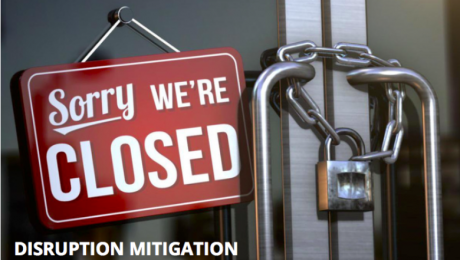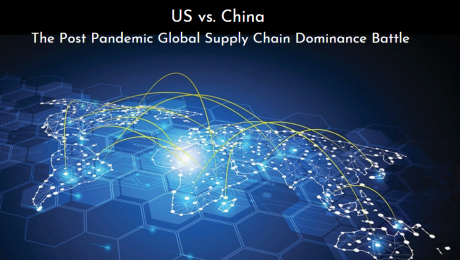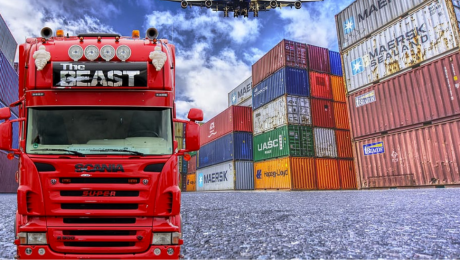Robotic Process Automation In Healthcare Industry
Now more than ever, especially due to the ongoing COVID-19 pandemic, the healthcare industry has come under a sharp focus. In the global enterprise software market, Robotic Process Automation is one of the fastest-growing segments. However, its adoption in healthcare is not pervasive yet. The healthcare system consists of multiple arduous tasks that need substantial
- Published in Supply Chain Management Blogs
Can Digitizing Supply Chains Make Them More Resilient?
The COVID-19 pandemic has made it clear that the global supply chains need to be more resilient. The issues surrounding demand and supply, labor shortages, logistics challenges such as border closures during the lockdown period made the supply of goods and services difficult across the world. Moreover, this pandemic has caused a significant shift in
- Published in Supply Chain Management Blogs
Is The Global Supply Chain Ready For A COVID-19 Vaccine?
“Safely delivering COVID-19 vaccines will be the mission of the century for the global air cargo industry. But it won’t happen without careful advance planning. And the time for that is now,” said IATA Director General and CEO Alexandre de Juniac. The COVID-19 pandemic has put tremendous stress not only on the population but on
- Published in Supply Chain Management Blogs
US vs. China – Who Would Control The Global Supply Chain In A Post-Pandemic World?
The COVID-19 pandemic has politicians around the world vowing to take action to limit dependence on China. The US has spoken about bringing the supply chains to the US from China. They have even floated it publicly that some friendly nations in Asia could help produce essential goods. So can the US end China’s control
- Published in Supply Chain Management Blogs
Impact Of The Pandemic On Food Supply Chains
The COVID-19 outbreak shows that a pandemic can create serious havoc on supply chains. The modern global food supply chains of today are a phenomenon of just-in-time efficiency that cuts costs at every corner. However, with the efficiency comes a fragility that makes handling interruptions like this pandemic more difficult. The complications created by the
- Published in Supply Chain Management Blogs
How To Build Resilience In Your Supply Chain?
In the wake of COVID-19 outbreak and other disruptions, the supply chain leaders have to balance efficiency and resilience to secure their network and minimize supply chain downtimes. The general geopolitical trend towards nationalization, Brexit, the US-China trade war, and lately, the pandemic have changed the priorities of many supply chain frontrunners. They have to
- Published in Supply Chain Management Blogs








